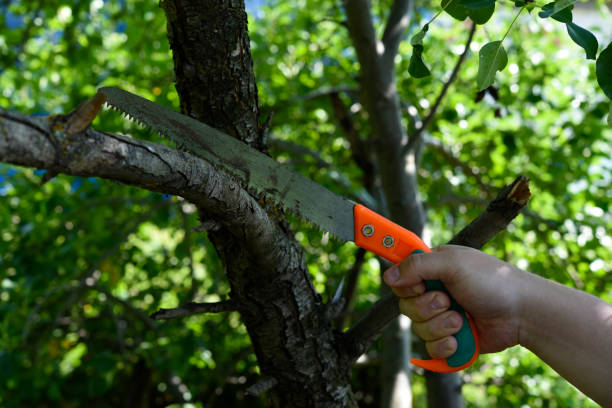Pruning fruit trees is a crucial practice that can significantly enhance their health and productivity. While most gardeners are familiar with winter pruning, summer pruning offers unique benefits that can lead to vigorous growth and abundant fruit production. In this blog post, we’ll explore five top tips for pruning fruit trees during the summer months, ensuring your trees remain healthy and fruitful.
1. Understand the Purpose of Summer Pruning
Summer pruning serves several purposes. Primarily, it helps to control the size and shape of the tree, making it easier to manage and harvest. By removing excess foliage, you allow more sunlight to reach the inner branches, which can improve air circulation and reduce the risk of diseases. Additionally, summer pruning encourages the tree to redirect its energy toward fruit production rather than excessive vegetative growth. Understanding these benefits will help you approach pruning with a clear goal in mind.
2. Timing is Key
The timing of your summer pruning is critical. Ideally, you should prune your fruit trees in late spring or early summer, after the new growth has started but before the heat of mid-summer sets in. This timing allows you to remove unwanted shoots while minimizing stress on the tree. Be sure to avoid pruning during extremely hot or dry conditions, as this can lead to increased stress and potential damage to the tree.
3. Use the Right Tools
Having the right tools is essential for effective pruning. Sharp, clean pruning shears are a must for making precise cuts. For larger branches, invest in a quality lopper or pruning saw. Always disinfect your tools before and after use to prevent the spread of diseases. Proper tool maintenance not only makes your job easier but also ensures the health of your trees.
4. Focus on the Structure
When pruning in summer, focus on the structure of the tree. Remove any dead, damaged, or diseased branches first. Then, look for branches that are crossing or rubbing against each other, as these can create wounds that invite pests and diseases. Aim to create an open canopy that allows sunlight to penetrate and air to circulate. This structure will promote healthy growth and fruiting. Additionally, consider thinning out crowded areas to ensure that each branch has enough space to grow.
5. Monitor and Adjust
After summer pruning, it’s essential to monitor your trees for any signs of stress or disease. Keep an eye on the new growth and adjust your care routine as needed. Regularly check for pests and diseases, and be proactive in addressing any issues that arise. Remember that pruning is not a one-time task; it’s an ongoing process that requires attention throughout the growing season.
Conclusion
Summer pruning is a valuable practice that can lead to healthier, more productive fruit trees. By understanding the purpose of pruning, timing your efforts correctly, using the right tools, focusing on the tree's structure, and monitoring your trees, you can ensure a bountiful harvest for years to come. Embrace the art of summer pruning, and watch your fruit trees thrive!

Post time: 08-12-2024




